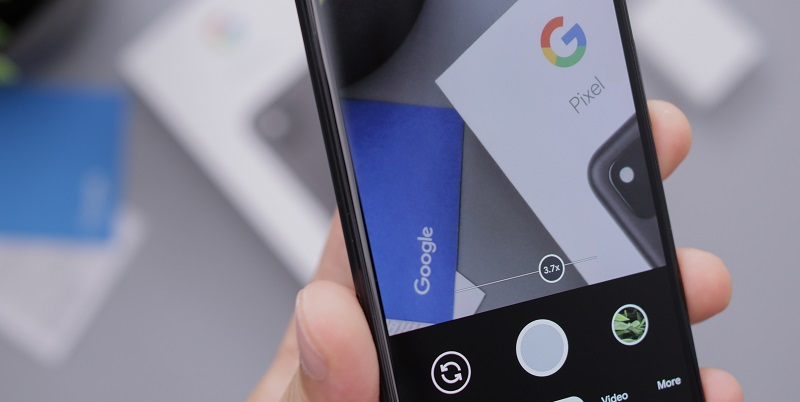In the fast-paced world of technology, where new devices hit the market every few months, Google’s latest announcement regarding its Pixel 6 and Pixel 6 Pro smartphones has caught the attention of tech enthusiasts and environmentally-conscious consumers alike. With an impressive promise of 7 years of updates, Google is surpassing its previous commitments and even Apple’s support for the iPhone. In this article, we will explore the benefits of extended device support, the implications for sustainability, accessibility, and the second-hand market, as well as the potential limitations to consider.
Benefits of Extended Device Support
One of the most apparent benefits of a longer software support period is its positive impact on sustainability. By reducing the frequency of device upgrades, it helps combat electronic waste and decreases the burden on landfills. Software updates play a crucial role in patching security exploits and vulnerabilities, ensuring users’ data and privacy are protected. With Google’s commitment to continuous software support, owners of the Pixel 8 and Pixel 8 Pro can have peace of mind knowing that any software-related issues will be promptly addressed, enhancing the lifespan of their devices.
Google Sets a Precedent
Google’s decision to offer an extended software support period also raises the question of whether other smartphone companies will follow suit. As one of the leading players in the tech industry, Google’s actions often set the tone and direction for others. If more companies adopt a similar approach, it could potentially alter the landscape of the entire Android ecosystem, making longer software support a standard expectation for users.
Environmental Impact
In an era where environmental sustainability is a pressing concern, the ability to use a smartphone for an extended period before upgrading is a significant step forward. Longer software support means that devices remain viable for a more extended period, reducing the need for frequent upgrades. By encouraging users to keep their phones for longer, this approach directly contributes to the reduction of electronic waste. The Pixel 8 and Pixel 8 Pro offer a substantial environmental advantage, aligning with the growing trend of eco-conscious consumer choices.
Extended device support also has positive implications for individuals who may struggle to afford new smartphones. By providing consistent software updates for seven years, Google is ensuring that even those with limited financial means can use their devices for an extended period. This increased device lifespan not only supports accessibility but also adds value to the second-hand market. When users eventually decide to upgrade, there may still be usable life left in their Pixel 8 or Pixel 8 Pro, enhancing its resale value and affordability for potential second-hand buyers.
Limitations of Extended Support
While the promise of 7 years of updates is undoubtedly impressive, one must consider the limitations of such support. Over time, the battery life of a smartphone inevitably declines, affecting the practical use of the device. While software support continues, users may experience diminishing battery performance, potentially impacting their overall experience. However, it is worth noting that advancements in battery technology and optimization efforts may mitigate this concern to some extent.
Google’s launch of the Pixel 6 and Pixel 6 Pro, with a groundbreaking promise of 7 years of software support, sets a new standard in the world of Android devices, surpassing even Apple’s support for the iPhone. The move not only benefits sustainability efforts by reducing electronic waste but also enhances accessibility and the second-hand market. By extending the lifespan of smartphones, Google is empowering users and providing a viable and cost-effective option for those who may struggle financially. While limitations, such as battery life, need to be considered, the positive implications of Google’s decision cannot be denied. With the Pixel 6, Google is leading the way toward a more sustainable and consumer-friendly future in the smartphone industry.

